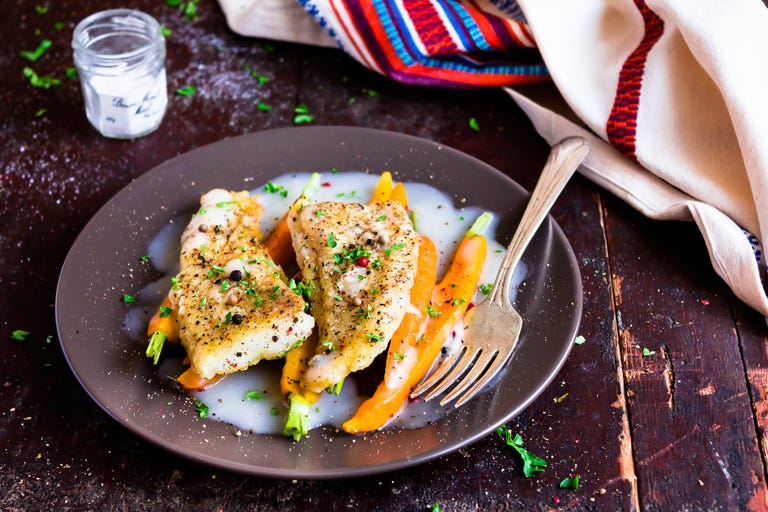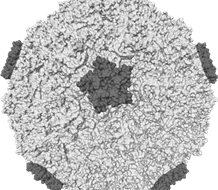
You already know the basics of healthy eating are pretty darn simple: Fill your plate with fruits, vegetables, whole grains, and lean protein; skip the crap.
You also know that the best diets aren’t really diets, but lifestyle choices that, over time, allow you to become a walking, talking picture of health.
The most famous one out there is the Mediterranean diet, which is mainly composed of plant-based foods as well as some lean proteins like fish and chicken. But another contender is starting to make headlines recently: the Nordic Diet.
What is the Nordic Diet?
Summer is fast approaching, and the Nordic Diet seems to be this year’s favourite for shedding those extra pounds. It uses Rapeseed Oil instead of more calorific oils; so this year you can have your dream body! ??
A post shared by No.1 Cold Pressed Rapeseed Oil (@borderfieldsoil) on
In short, it’s a plant-based way of eating with an emphasis on fatty fish (salmon, mackerel, herring), berries, root vegetables (potatoes or carrots, for example), nuts, legumes, low-fat dairy, and whole grains. Following the Nordic diet also means cutting out processed foods (think: chips or candy) and most high-fat meats (like sausage or bacon). It’s based on the cuisine in Nordic countries like Norway, Denmark, Sweden, Finland, and Iceland.
The diet’s been adapted from the Baltic Sea Diet Pyramid, adds Lauren Antonucci, R.D.N., C.S.S.D., a registered dietitian, and director of New York-based Nutrition Energy. In 2004, nutrition pros and chefs coined the term “New Nordic Diet” in an effort to elevate the Nordic style of eating.
It’s similar to the über-healthy Mediterranean diet, with one key difference: while the Mediterranean diet is known for its focus on olive oil, the Nordic diet actually promotes rapeseed oil, a.k.a. canola oil.
“Canola oil can help to reduce ‘bad’ LDL cholesterol and your risk of heart disease and stroke,” says Ryan Maciel, C.S.C.S., R.D., a registered dietitian based in Cambridge, MA. Compared to olive oil, “it’s possible that canola oil may be better at reducing bad cholesterol and improving heart health.”
What are the benefits of the Nordic Diet?
The amazing beetroot from my garden is the centrepiece of my dinner this evening. This is a gorgeous beetroot tartare (thanks to @markehix for the recipe). That colour ???. You know it’s good for you when it’s that colour! I served it with some smoked mackerel – oily fish to start the week ☑️. Omega-3 for the day ☑️. .. I’m feeling a bit of a Nordic vibe going on here this Sunday evening…How’s everyone feeling about Monday morning? ?
A post shared by Dr Anjali Amin (@thekitchendoctorandmum) on
The Nordic style of eating has serious heart health perks. In fact, a major review by the World Health Organization (WHO) found that both Mediterranean and Nordic diets reduced risk of cancer, diabetes, and cardiovascular disease.
The diet could also contribute to weight loss, notes Antonucci. In fact, a University of Eastern Finland study also found that the diet reduced the expression of genes associated with inflammation (which is thought to contribute to many chronic health issues and play a role in obesity).
Whole grains can help with weight management but it’s also what you’re ditching that could keep you slim. “Processed foods are hyper-palatable, which results in overeating and weight gain,” says Ryan Maciel, C.S.C.S., R.D., a registered dietitian based in Cambridge, MA.
Another perk? Going Nordic is good for Mother Nature. “Eating more of a plant-based diet is better for the environment because fewer natural resources are used to produce the food, and there are far less greenhouse gas emissions,” says Maciel.
Thanks to a focus on whole grains, fruits, and vegetables, the diet is also high in fiber, a filling nutrient that helps maintain healthy, normal bowel movement.
How to eat the Nordic way
You don’t have to overhaul your diet or deprive yourself of food to go Nordic. Instead, start by picking up some staples for your fridge. Stock up on seasonal fruits (especially berries), root vegetables (carrots, turnips, potatoes, beets, and parsnips), broccoli, spinach, and kale, legumes, oats, barley, rye and wheat, rapeseed oil, fish, eggs, nuts, and seeds as well as low-fat dairy, suggests Antonucci.
Meals like oatmeal with walnuts and apples, yogurt with strawberries, or salmon with lentil and Bok choy are all good meal options, notes Maciel.
If you’re a big meat eater, committing to one plant-based meal a day is a good place to start, suggests Maciel. Soon you might be eating plants more often. And if you’re still craving your meat? Give bison—a surprisingly lean red meat common in Nordic cuisine—a go. High-protein bison tacos, anyone?
Source: Read Full Article





